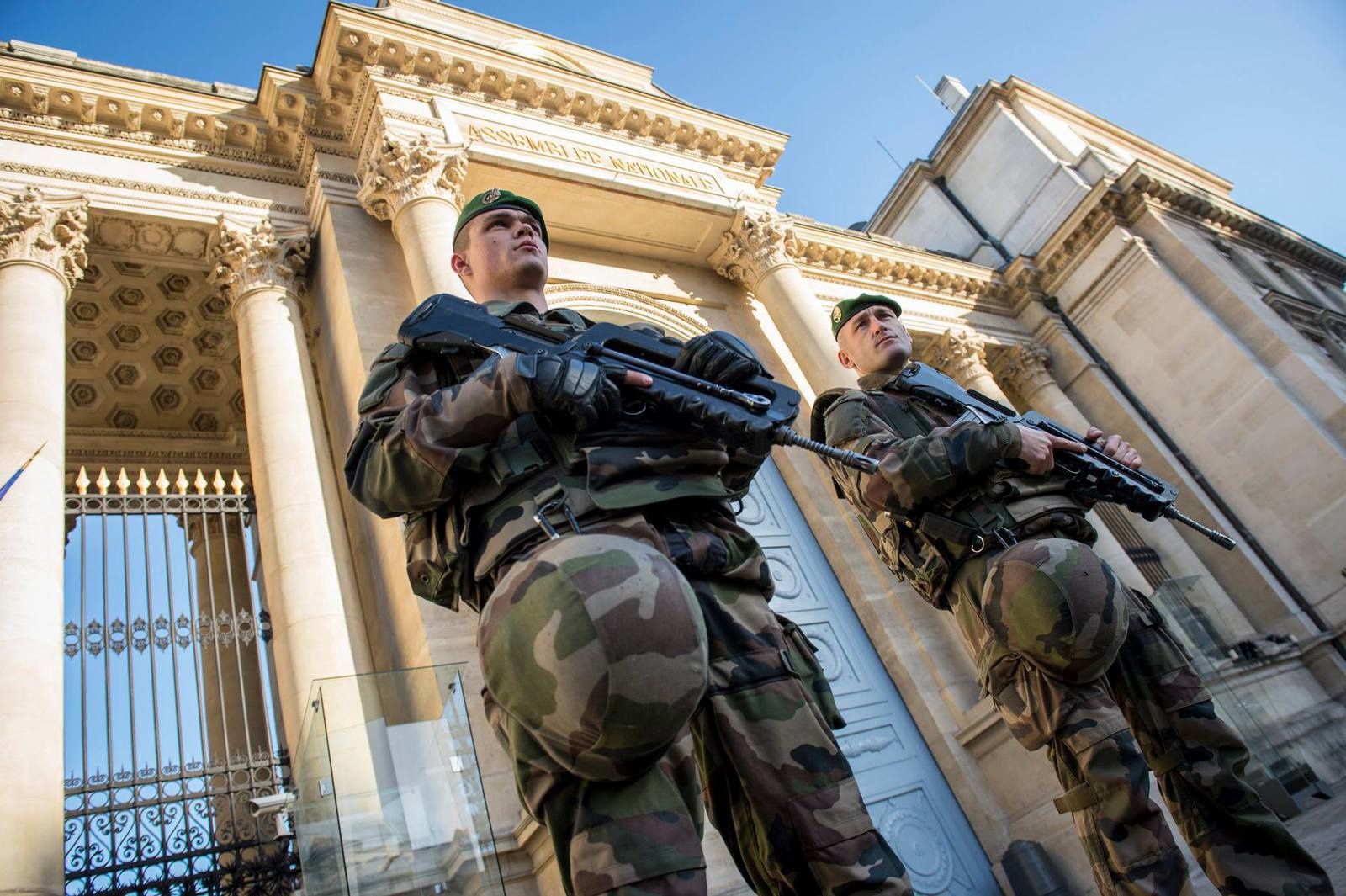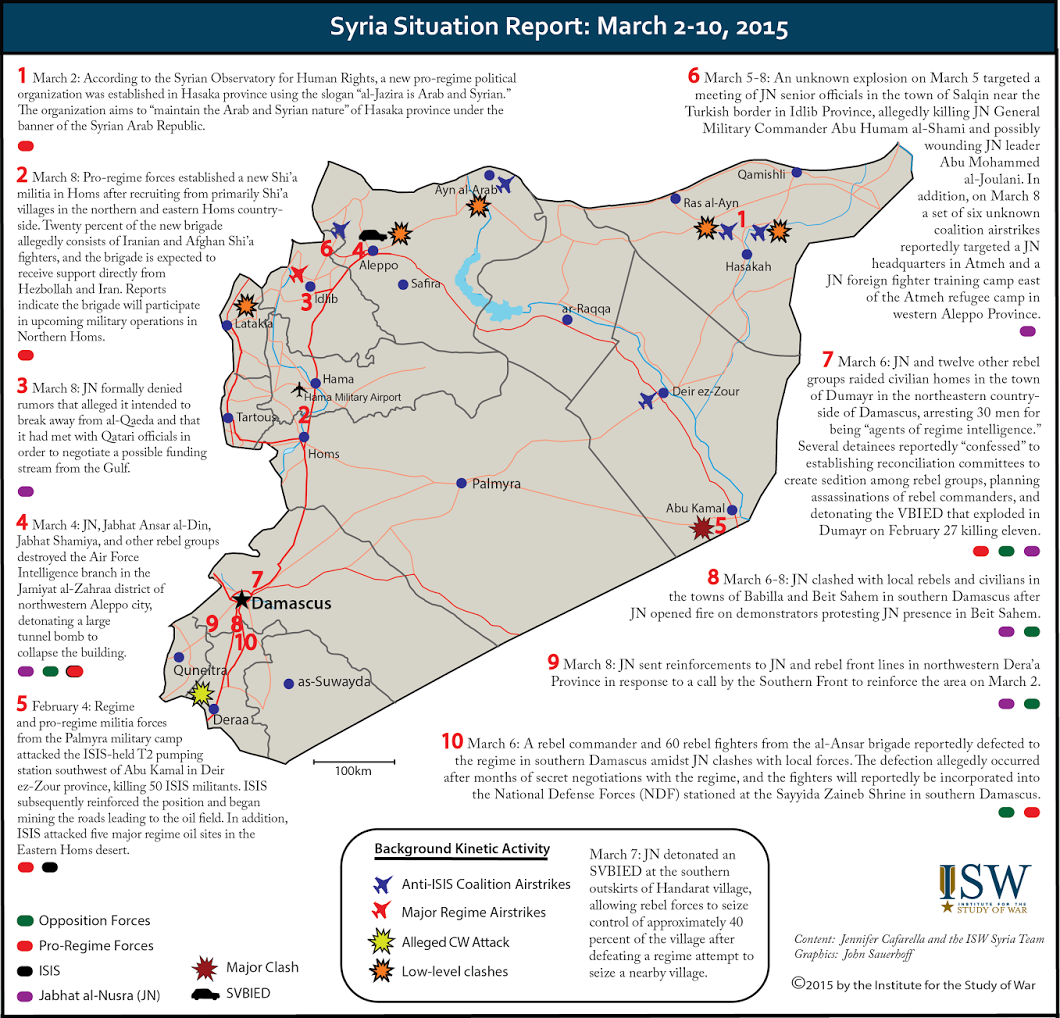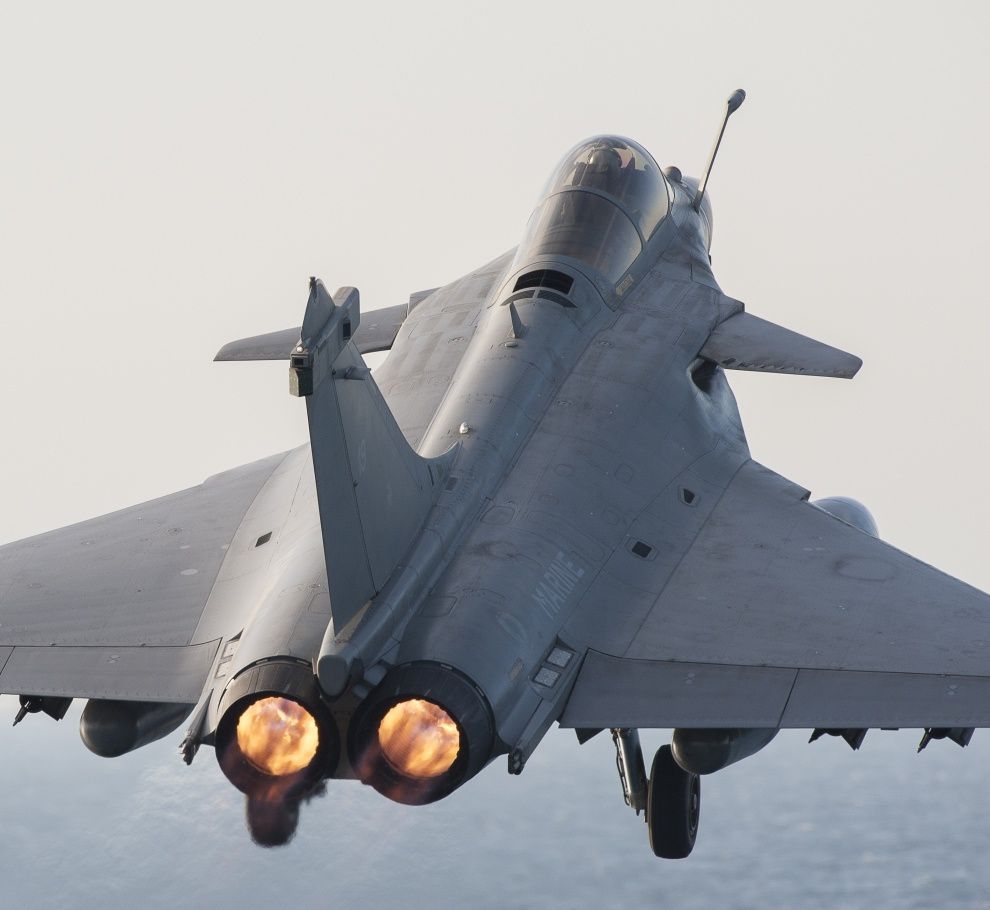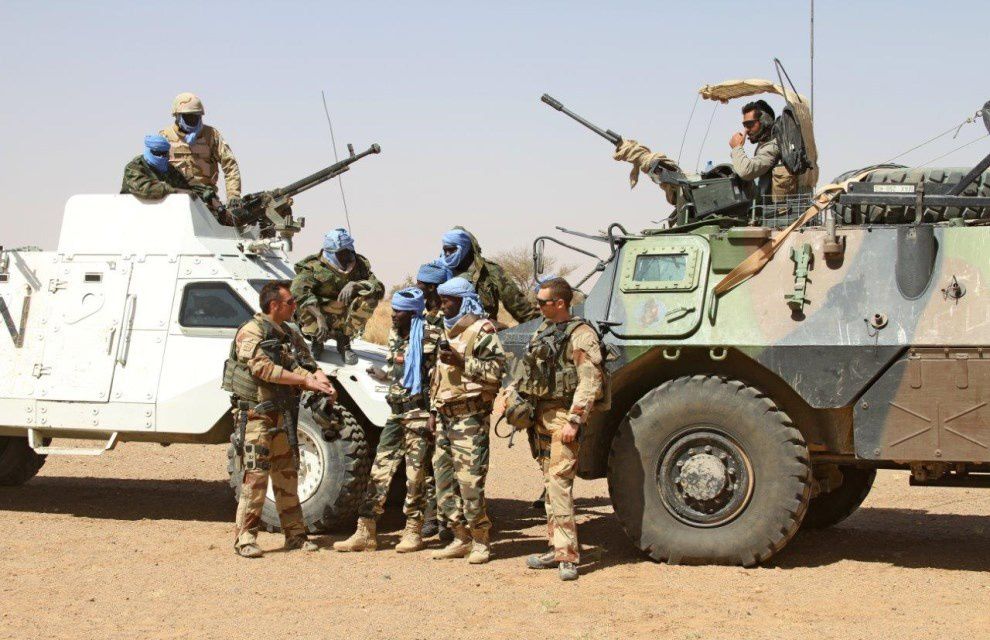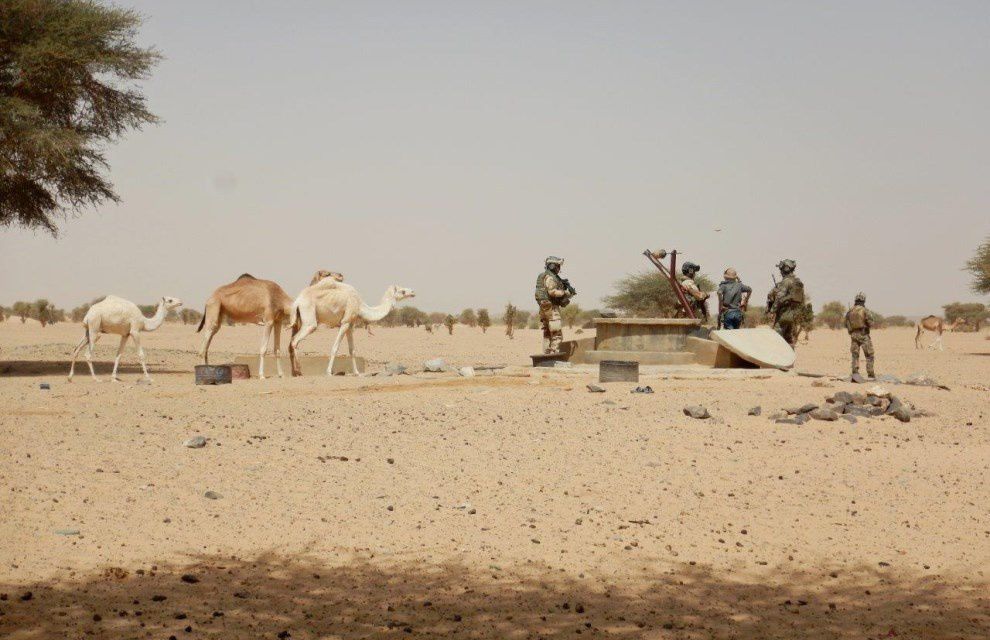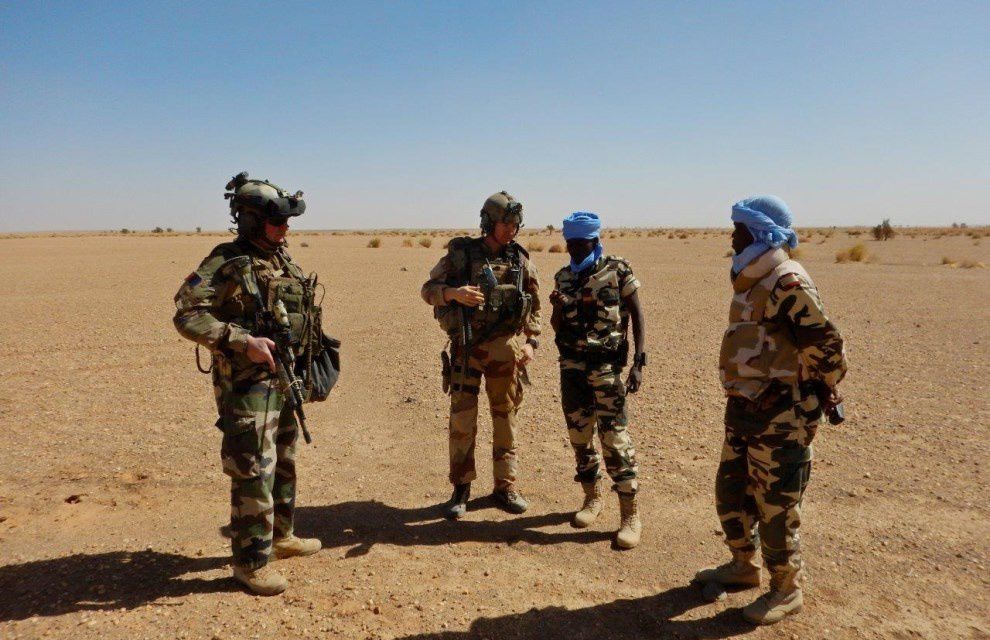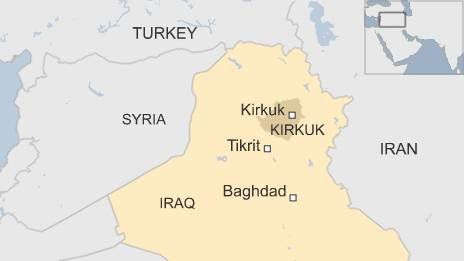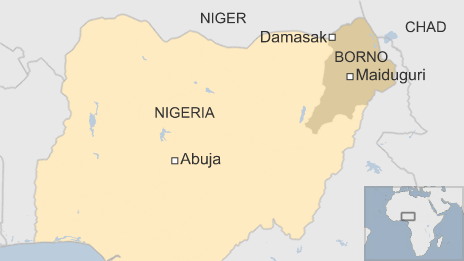Syria Situation Report March 2-10, 2015 credits ISW
March 11, 2015: Strategy Page
ISIL is having problems with its foreign recruits. Many of them arrive with the intention of simply living in an “Islamic state” not fighting to expand that state. ISIL tried to accommodate the foreigners, lest they return home and report unfavorably about life in ISIL controlled territory. This led to foreign recruits getting better treatment (housing, food, access to “wives” and all manner of creature comforts. This, naturally, led to resentment by local (Syria and Iraq) recruits. That led to more locals deserting, joining the growing number of foreigners who simply walked away. Or tried to walk away as in late 20134 ISIL began accusing those who left of desertion and jailing or executing them. This inspired more (but better planned) desertions and growing dissent within both the ranks and among commanders. ISIL does want skilled foreigners in their caliphate but most of the foreign volunteers have no useful skills and ISIL seeks to use them as fighters or suicide bombers. Few people with useful skills are eager to join ISIL.
Internal criticism is not the only problem ISIL is facing in 2015. ISIL has recently suffered prominent defeats in Iraq and Syria as well as continued rebellions in both countries. Even the Syrian Army is retaking ground from ISIL. The Kurds are defeating ISIL forces outside Kobane in Syria and near the Iraq border. In Iraq Kurds, Iraqi soldiers and Sunni and Shia militias are both stopping ISIL attacks and pushing back ISIL forces outside of Mosul, Kirkuk and Tikrit. An offensive to retake Mosul is expected before June. Meanwhile air attacks not only continue but are more frequent and more damaging. This makes it more difficult to stockpile supplies or move large numbers of gunmen quickly. More leaders are being found and killed by these air attacks. Important economic targets like oil refineries are being destroyed. Inside the ISIL run “caliphate” (eastern Syria and western Iraq) there are growing shortages of everything and ISIL is finding that conquest is easier than running an economy. The economic problems fuel the rebellions and desertions and it’s a vicious circle that is destroying ISIL from within. The problem with ISIL is that so far it has solved its supply (logistical) problems via looting. But there has been no new conquests to loot for over six months and the stockpiles of plunder taken in 2014 is nearly exhausted. It’s another example of the old military maxim, “amateurs study tactics while professionals study logistics.” The accountants always win in the end.
The forces arrayed against ISIL have a better grasp of the logistical problems and have done something with that awareness. Thus Kurdish and Iraqi forces operating along the border with Syria have cut the best supply routes between Syria and Iraq. ISIL can still move between these two areas but with greater difficulty (using more fuel and time to do so). Taking longer to travel puts ISIL more at greater risk of attack by coalition warplanes. Worse, it becomes impractical to move essential supplies (especially food and fuel) between Iraq and Syria. The increasingly effective air attacks have also made ISIL more paranoid. This has led to greater scrutiny of foreign recruits. That resulted in a recent video showing a 10 year old ISIL “cub” shooting a kneeling foreigner in the head with a pistol. The executed man was a 19 year old Israeli Arab accused of spying for Israel. That is not completely unlikely but the Israelis don’t usually recruits men this young or unreliable. The executed man was reported by his family to have joined ISIL in October 2014. His family opposed the move and stayed in touch via sell phone and the Internet. In early 2015 the family discovered that their son had been imprisoned by ISIL for trying to leave. Apparently someone at ISIL thought they could make something of this by accusing the teenager of espionage and executing him on video. ISIL is all about grabbing media attention but in this case they are not doing much to increase recruitment among Israeli Arabs or Palestinians. Other ISIL deserters have even worse situations. Many locals serving with ISIL who desert are already deserters from the Syrian security forces and those with families living in Syrian government controlled areas have nowhere to go and are subject to arrest and execution by both ISIL and the Syrian government. Most of these men join the growing number of Syrians leaving the country and heading for refugee camps in Turkey, Lebanon or Jordan.
The coalition air offensive has carried out over 2,600 air strikes since August 2014 and used over 3,000 smart bombs and missiles in those attacks. Even more worrisome is the increasingly aggressive anti-ISIL actions of neighboring nations. Lebanon, Turkey and Jordan have increased border security and in Lebanon the army has forced ISIL and other rebel groups out of bases they set up in Lebanon and back into Syria. Worse the Lebanese followed up this with more troops on the border in fortified camps. In other words the Lebanese are preparing to confront any attempts by Syrian rebels to move back into Syria. While the Jordanians are enraged and more active because ISIL murdered one of their F-16 pilots in January by burning him to death the Turks are more concerned with Kurdish separatism than any threat from ISIL or any other Islamic terrorists. The Turks have been dealing (often using great brutality) with murderous Arabs for centuries and the Arabs remember all that. As a result ISIL does not make any effort to expand into Turkey. For the Turks, their ugly treatment of Arabs in the past is still useful because many Arabs fear that the Turks would go all old school on them if sufficiently provoked.
Meanwhile the coalition assembled by the United States in mid-2014 continues to have problems because the Arab members cannot agree with each other on how to deal with ISIL. Some countries, like Qatar, have many citizens and leaders who approve of Islamic terrorism (although not ISIL, which even al Qaeda condemns). Arab oil states in the Persian Gulf are more concerned with Iran than with ISIL and criticize the United States for not sending ground troops back to Iraq to take care of ISIL. Many Arabs blame the United States for al Qaeda and ISIL despite the fact that such violent, xenophobic Islamic terror groups have been around for centuries, and the less violence majority of Moslems has never mustered the will to deal with this recurring problem once and for all.
ISIL also has to worry about some of its allies. In the last year ISIL has persuaded many Syrian Islamic terrorist rebels to switch sides. These Islamic terrorists joined the fight against ISIL in early 2014 but eventually agreed to put aside their differences and join ISIL in destroying the Assad government. These new allies still hate and wish to destroy ISIL, and now find that the Assad government has not been weakened much by this alliance and the Syrian Army is again on the offensive. The coalition air strikes, which should be directed at the Assads were instead concentrating on ISIL and those groups associated with ISIL. Thus a major ally of ISIL, al Qaeda affiliate al Nusra, recently lost its leader to a recent coalition air strike. There have been more air strikes this year, after ISIL released a video of a captured Jordanian pilot being burned to death. Groups like al Nusra, which used to get a lot of cash and other aid from wealthy Arab fans in Gulf oil states saw that disappear because of the grisly execution video. ISIL now has to plan for the growing possibility that al Nusra will change sides again, because ISIL is beginning to look like a loser and that is a death sentence for Islamic terrorists. As the popular Islamic saying goes; “God wills it.” This describes fortune as well as failure, the blessed as well as the cursed.
ISIL savagery has led many of the minorities (especially Christians) that it loves to torment to stand and fight rather than flee. Thus in the northeast Christian militias have gotten stronger and joined forces with their sometimes (in the past) Kurdish allies to fight the common enemy. This is in response to a sharp increase in ISIL anti-Christian violence in late 2014. Many Christians are sticking around and fighting in part because ISIL has kidnapped over 200 local Christians (and some Kurds as well) in the last few months and is offering to return them for ransoms (cash or captive ISIL men or weapons). The cash ransoms demanded are not large (under $2,000 per person) but ISIL would rather get captives and weapons back. ISIL has growing shortages of cash, recruits and weapons. But many Christians and Kurds who have already lost kin do not want to make any deals with ISIL and would rather just kill the Islamic terrorists. Since the Kurds have air support, they are very good at that and ISIL is increasingly reluctant to get tied down in battles with Kurds. In addition to being skilled and disciplined fighters, the Kurds can eventually depend on help from above if a battle with ISIL drags on too long. But even the Syrian troops are betting better, apparently because of training, weapons and advice they are getting from Iran. The Lebanese Hezbollah are similarly unlikely to run away when they run into ISIL. The good old days of simply terrifying your opponent into fleeing appear to be over. In this case the good old days really were better, at least for ISIL.
On the Syrian border Israel is working more with Syrian rebels (except ISIL) to help stop Iran from establishing a presence in the area so they can launch attacks into Israel. Iranians have been bragging about doing this and Iran has sent more senior officers to work with Hezbollah and the Syrian Army efforts to clear all the rebels away from the Israeli border. Iran is also bringing in thousands of additional Iranian volunteers to join rebel militias in the fight against the rebels. Naturally the rebels oppose this Iranian effort and now see Israel as an ally. Israel has provided support for some rebels with the understanding that the rebels would not attack Israel and would help prevent anyone else from doing so. Thus Israel stays in contact with some Syrian rebels across its border, provides medical treatment (for over 2,000 rebels and civilians so far) and attacks Hezbollah and Syrian Army targets when there is any fire into Israel from the Syrian side. The rebels often provide Israel with data on where hidden Syrian Army or Hezbollah units are, providing Israeli warplanes and artillery with precise and conformed targets. While some of these “cooperative rebels” are Islamic radicals and will eventually turn on Israel if given a chance, for the moment the policy is “the enemy of my enemy is my friend.”
March 5, 2015: ISIL ally al Nusra admitted that their supreme leader died of wounds he suffered in a recent coalition air strike on a meeting of al Nusra leaders near the Turkish border. Some lower ranking leaders were also killed.
March 4, 2015: The Hazm Movement, one of the few Islamic rebel groups that were not allied with ISIL or al Qaeda, officially dissolved. Hazm has been at war with al Nusra since late 2014, after years of growing tensions. In the end there were only a few hundred Hazm members left. At its peak in 2012-13 Hazm had ten times that. Al Nusra and ISIL continued to fight Hazm outside Aleppo and near the Turkish border (Idib province). Hazm had long received American weapons although many of these were seized by al Nusra when Hazm was forced to retreat in 2014. Despite the loss of Hazm the Syrian Army is still holding onto recent gains around Aleppo.
UN efforts to get the army and rebels to agree to cease fires to allow humanitarian aid to get in continue to be rejected, even though the fighting is stalled. The Syrian government was so annoyed at UN efforts to make deals with the Islamic terrorist rebels (without informing the Assads) that they recently expelled three UN officials, just the make the point that the Syrian government is still around. Yet the UN remains quite hostile to the Assads who are seen as little better than ISIL when it comes to mistreatment of civilians. The UN believes that Syrian air and artillery attacks have been the major cause of civilian deaths. The UN estimates that over 7,000 civilians have died in Syria in the last year and over 80 percent of those deaths were caused by the Syrian government (which has lots of artillery and a functioning air force).
March 2, 2015: Israel claims that Syria has transferred some long range (700 kilometers) SCUD ballistic missiles to Hezbollah. These missiles carry a half ton high-explosive warhead. These SCUDs are actually North Korean variants on the original Russian SCUD that have a smaller warhead to enable longer range. Syria is giving them to Hezbollah to free up troops who have been guarding them and to avoid the risk of them getting captured. Israel has an anti-missile defense system that can stop these Scuds, as well as the other long range (about 200 kilometers) rockets Hezbollah has received from Iran and Syria.
March 1, 2015: In February about 1,100 Iraqis died from terrorist related violence. That’s about 20 percent less than January, when nearly 1,400 died. The Iraq death toll for all of 2014 was about 15,600. That’s a big jump from 2013 when the death toll was 8,900 for all of Iraq and only ten percent of those were terrorists while the majority were Shia civilians. Previously the worst year was 2007, when nearly 18,000 died. Then as now the main cause of the mayhem and murder was Sunni fanatics who want to run the country as a Sunni dictatorship. Still Iraq was a lot less violent than neighboring Syria where the 2014 death toll was 76,000. That’s over 91,000 dead in the two countries where ISIL is most active. The death toll in Syria continues to rise, even as it is declining in Iraq.
February 21, 2015: Hundreds of Turkish troops advanced into Syria to evacuate 38 Turkish soldiers guarding the grave of one of the founders of the Ottoman Empire. The grave site was increasingly threatened by nearby ISIL gunmen. Rather than send more troops to defend the grave site (27 kilometers from the Turkish border) the honored corpse was moved to a site 200 meters inside Syria. The previous site was established in 1973 when the nearby original site was covered by a lake created by a newly built dam. Syria agreed to this arrangement, which is protected by international treaty. This latest move was very unpopular inside Turkey, where disdain for Arabs is not hidden.
February 20, 2015: Russian intelligence officials believe that about 1,700 Russian citizens (mainly Moslems from the Caucasus and Central Asia) are fighting for ISIL in Syria and Iraq. Russia believes this is about ten percent of ISIL strength.
February 19, 2015: Turkey and the United States formally agreed to (and finally signed) a deal that has Turkey hosting and assisting in the training of Syrian rebels. The U.S. has so far screened nearly 2,000 Syrian rebels to be sent to training at camps in Turkey, Saudi Arabia and Qatar. Those selected are believed much less likely to be radicalized and the United States hopes to have 3,000 trained and in action by the end of 2015. Such screening is difficult but the Americans had help from Saudi Arabia, which has had more success in that respect. The American effort is criticized for being too slow and producing too few armed and trained fighters to make a difference. At the moment American government policy limits what U.S. counter-terrorism efforts can do. Under these conditions the Americans plan to use their reliable rebels to call in air strikes and provide accurate information of what is going on inside Syria. This decision is based on the success the U.S. has had with the Kurds. Thus the Americans are trying to find equally reliable Arab rebels in Syria to call in air strikes. Using contacts the Kurds have developed over the years the U.S. is seeking small teams of Arab rebels who can be taught how to call in airstrikes. These teams will be equipped with armed (with a machine-gun) pickup trucks and the special radios and sent them back to Syria. This is risky, as all it takes is one rogue air strike team to get the wrong people killed and cause a diplomatic and media mess. This is considered a worthwhile risk because, as the experience with the Kurds has shown, the ISIL fighters are often sloppy during combat (because so many ISIL fighters have little training or combat experience) and that provides excellent opportunities for a single smart bomb to cause enormous (and demoralizing and often decisive) casualties. This is what happened at Kobane, where even ISIL had to admit they got beat, big time because of all those air strikes.







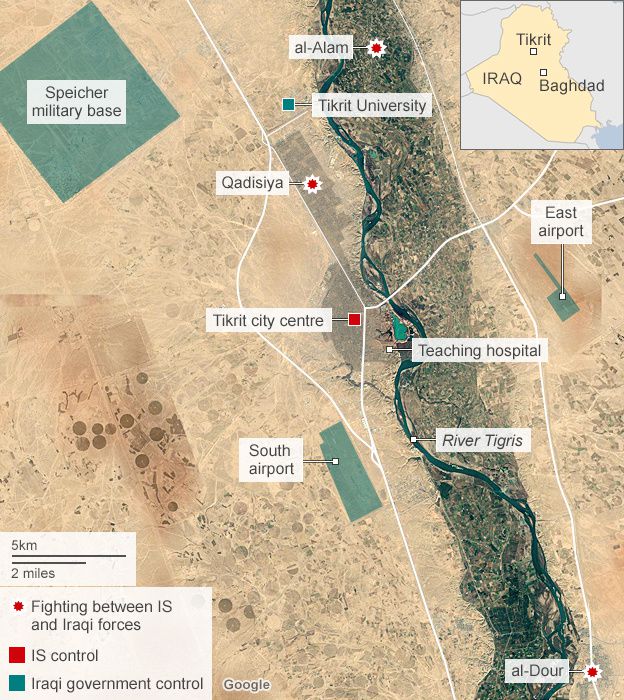
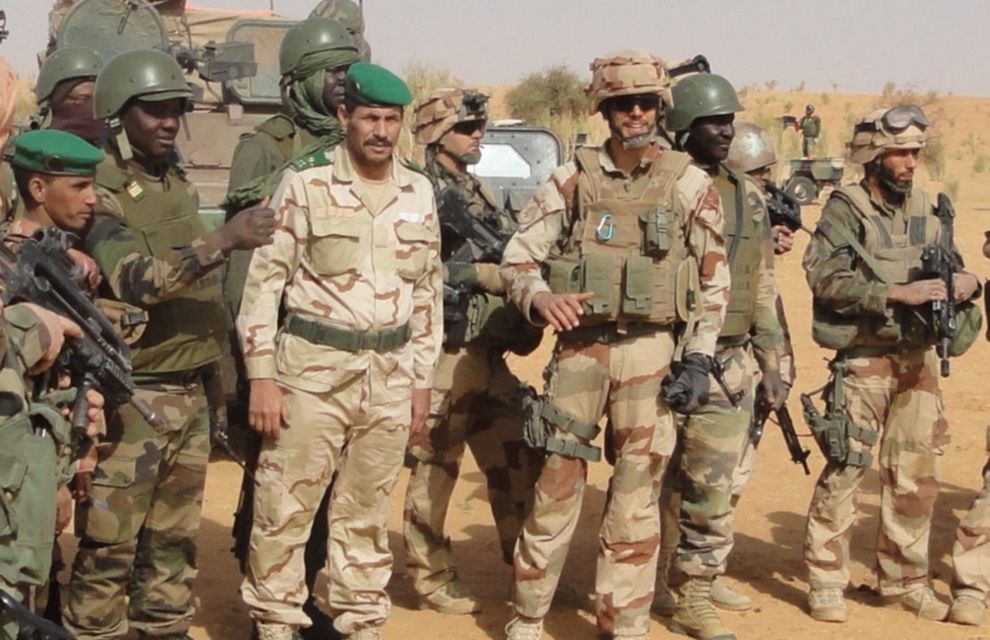
/image%2F0547456%2F20150313%2Fob_1de4f1_dsc03927.jpg)
/image%2F0547456%2F20150313%2Fob_ac2d14_dsc03928.jpg)
/image%2F0547456%2F20150313%2Fob_c2e057_dsc03952.jpg)
/image%2F0547456%2F20150313%2Fob_d3cb8a_dsc03991.jpg)
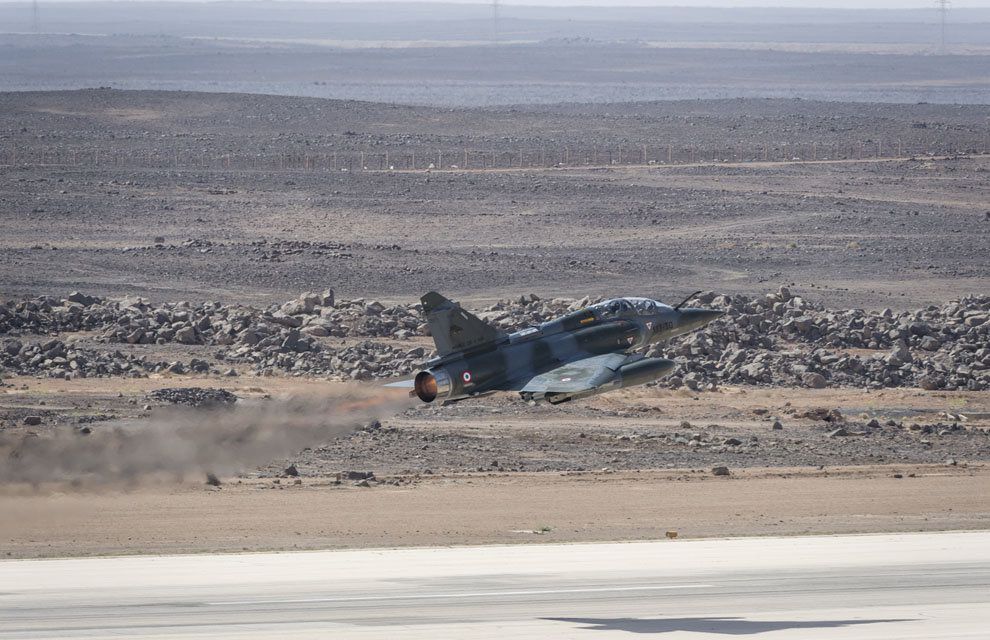
/image%2F0547456%2F20150312%2Fob_f673d1_2015-ajod-072-001-0022.jpg)
/image%2F0547456%2F20150312%2Fob_9b521c_2015-ajod-073-001-0046.jpg)

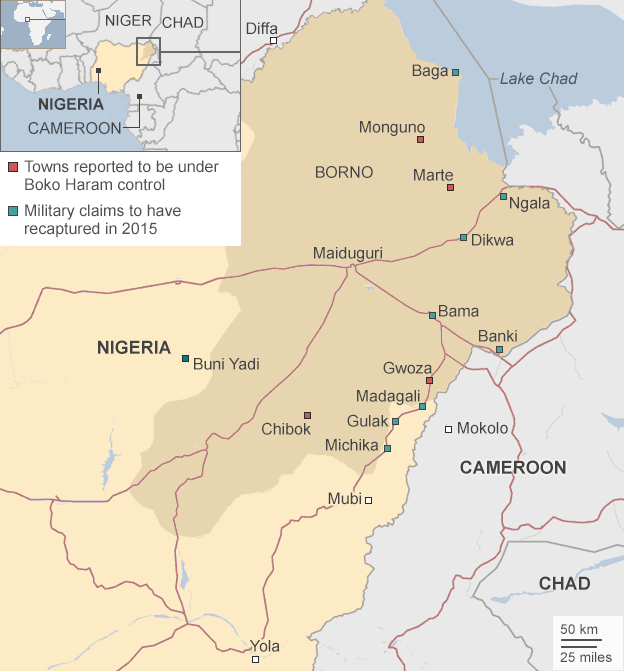

/image%2F0547456%2F20150312%2Fob_1a26ca_2015-ajod-047-001-0008-modifier.jpg)
/image%2F0547456%2F20150312%2Fob_3374b6_2015-ajod-066-001-0006-modifier.jpg)
/image%2F0547456%2F20150312%2Fob_eb63fd_2015-ajod-047-001-0025-modifier.jpg)
/image%2F0547456%2F20150312%2Fob_d97725_2015-ajod-066-001-0038-modifier.jpg)
/image%2F0547456%2F20150312%2Fob_77bcb9_2015-ajod-072-001-0003.jpg)
/image%2F0547456%2F20150312%2Fob_ab53a4_2015-ajod-072-001-0022.jpg)

